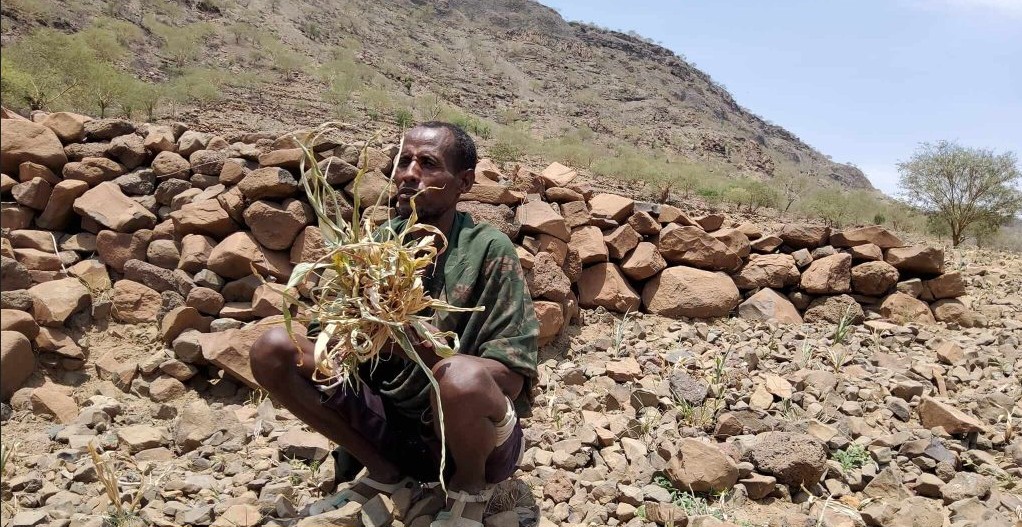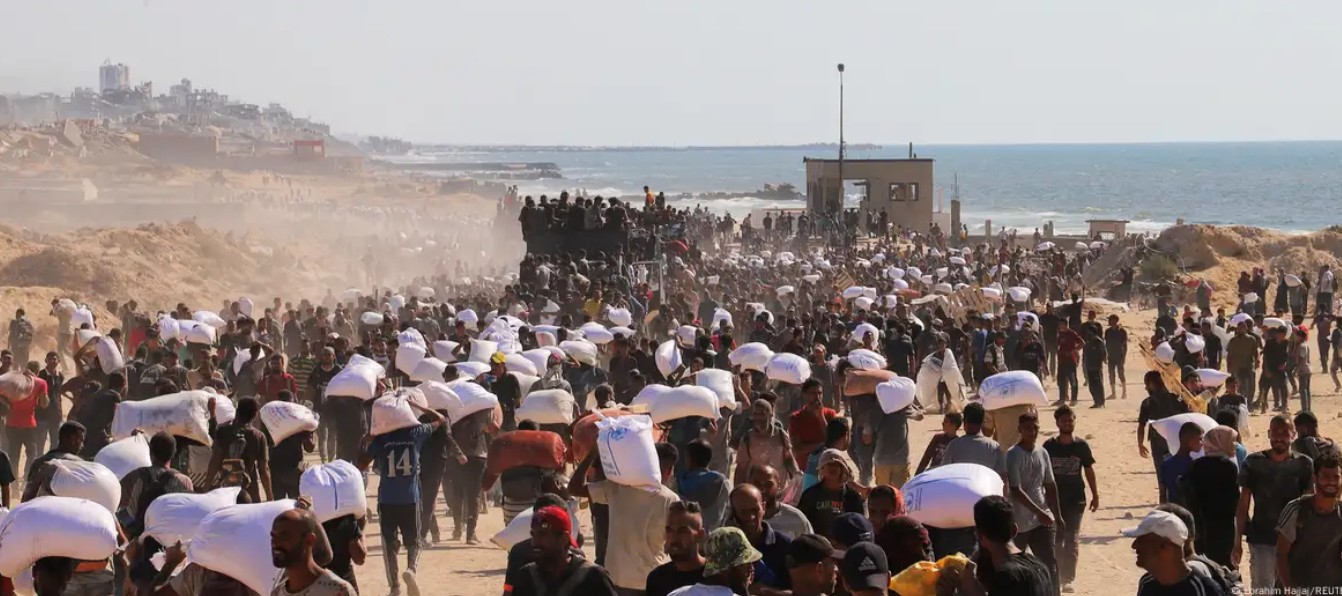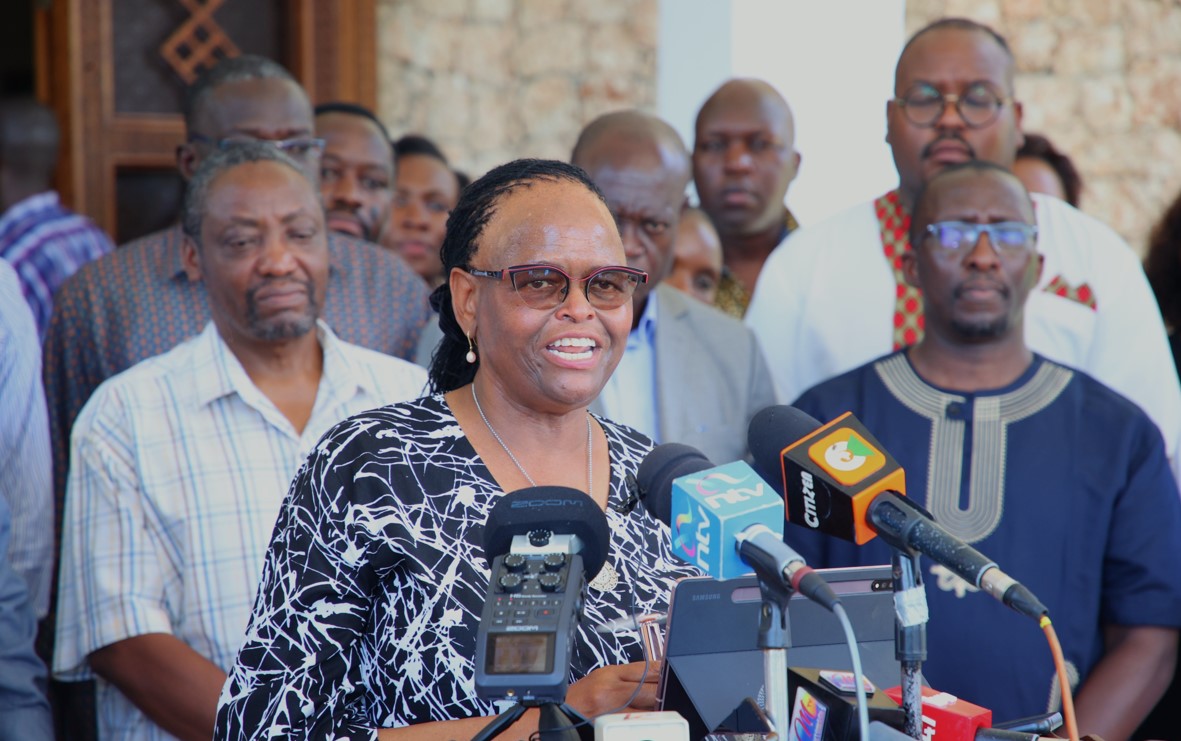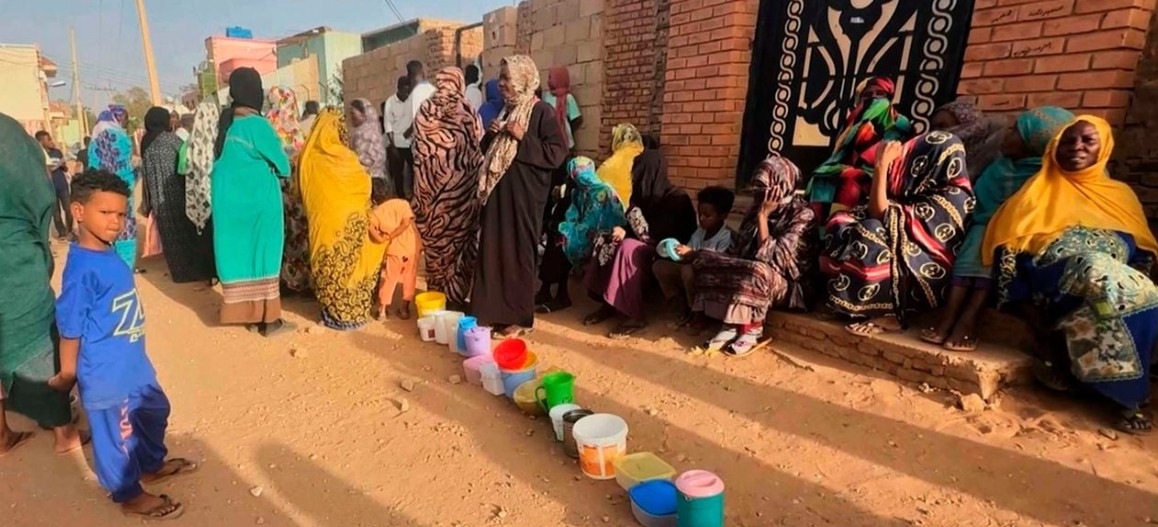Worsening drought, conflict push millions in Ethiopia into acute food insecurity, FEWS NET warns

Although earlier projections had anticipated modest improvements in food security following the 2024 meher harvest, millions of people—especially in Tigray, Amhara, Afar, and drought-affected areas of the Somali and Oromia regions—remain classified in IPC Phase 3 (Crisis) or worse.
Acute food insecurity remains widespread across Ethiopia, driven by a combination of weather-related shocks, failed seasonal rains, and the lingering effects of conflict, according to the latest update from the Famine Early Warning Systems Network (FEWS NET).
Although earlier projections had anticipated modest improvements in food security following the 2024 meher harvest, millions of people—especially in Tigray, Amhara, Afar, and drought-affected areas of the Somali and Oromia regions—remain classified in IPC Phase 3 (Crisis) or worse.
More To Read
- Tigray opposition Salsay Weyane slams PM Abiy’s warning of renewed conflict, urges Tigray-wide dialogue
- Ethiopia's Red Sea gambit: Why Somaliland remains prime option
- Mount Ziquala monastery attack sparks conflicting claims as OLA denies involvement, blames gov’t strategy to rekindle tensions
- WFP to close Shire office, home to largest IDP population in Tigray; cites budget, operational restructuring
- UNICEF sounds alarm as Ethiopia faces deadly disease outbreaks amid critical funding gap
- Commentary: Worse than evil; how stupidity fueled Ethiopia into raging inferno
The ongoing lean season has pushed food assistance needs to peak levels, a trend expected to persist through late 2025.
The report highlights significant agricultural losses due to the failure of belg rains in central and eastern Oromia, southern Tigray, and eastern Amhara. In Tigray and Amhara, crop production has fallen to just 10 per cent and 26 per cent of the average, respectively.
In Afar and northern Somali, prolonged drought conditions caused by early rainfall failure have severely impacted livestock health, led to widespread water shortages, and forced early displacement of pastoralist communities.
Households displaced in Afar
Further compounding the crisis, FEWS NET notes that over 2,000 households were displaced in Afar in July following a series of natural disasters, including the Afdera windstorm, a volcanic eruption at Erta Ale, and a fire outbreak in Dallole. These events have placed additional strain on already overstretched humanitarian operations.
While the upcoming national meher harvest, expected between September and October, may offer temporary relief, its overall impact is likely to be limited.
A delayed rainy season has disrupted land preparation and planting in key crop-producing areas.
Although forecasts indicate the possibility of above-average cumulative rainfall, which could benefit short-cycle crops, the failure of long-maturing varieties is expected to reduce total yields.
Humanitarian access obstructed
Insecurity continues to obstruct humanitarian access and disrupt local markets, particularly in Amhara and parts of Tigray.
These difficulties are exacerbated by fuel shortages, steep currency depreciation, and rising diesel prices—factors that are collectively driving food price inflation and hindering aid delivery.
Weather-related shocks remain a major concern nationwide.
In Central Tigray’s Kolla Tembien district, the latest drought has intensified the crisis: in Yaqer locality alone, over 18,000 livestock have died, and hundreds of hectares of farmland have failed, raising fears of famine in a region still recovering from war.
Additionally, severe drought in Ethiopia’s Amhara region is affecting tens of thousands of people in Central and South Gondar.
Since May, West Belesa has reported acute food shortages among over 32,000 people, with 3,000 hectares of crops damaged and more than 1,200 livestock deaths.
Top Stories Today













































